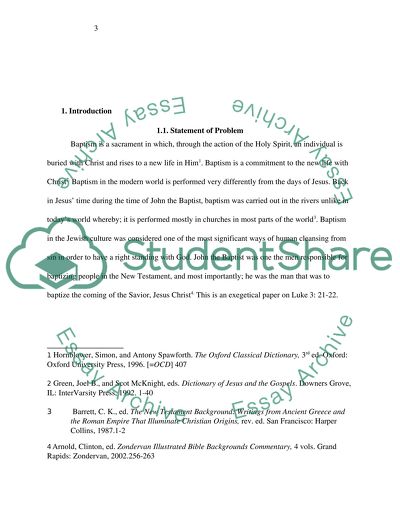Cite this document
(“Bible Exegetical Paper on Luke 3:21-22 Research”, n.d.)
Retrieved from https://studentshare.org/religion-and-theology/1497770-bible-exegetical-paper-on-luke
Retrieved from https://studentshare.org/religion-and-theology/1497770-bible-exegetical-paper-on-luke
(Bible Exegetical Paper on Luke 3:21-22 Research)
https://studentshare.org/religion-and-theology/1497770-bible-exegetical-paper-on-luke.
https://studentshare.org/religion-and-theology/1497770-bible-exegetical-paper-on-luke.
“Bible Exegetical Paper on Luke 3:21-22 Research”, n.d. https://studentshare.org/religion-and-theology/1497770-bible-exegetical-paper-on-luke.


